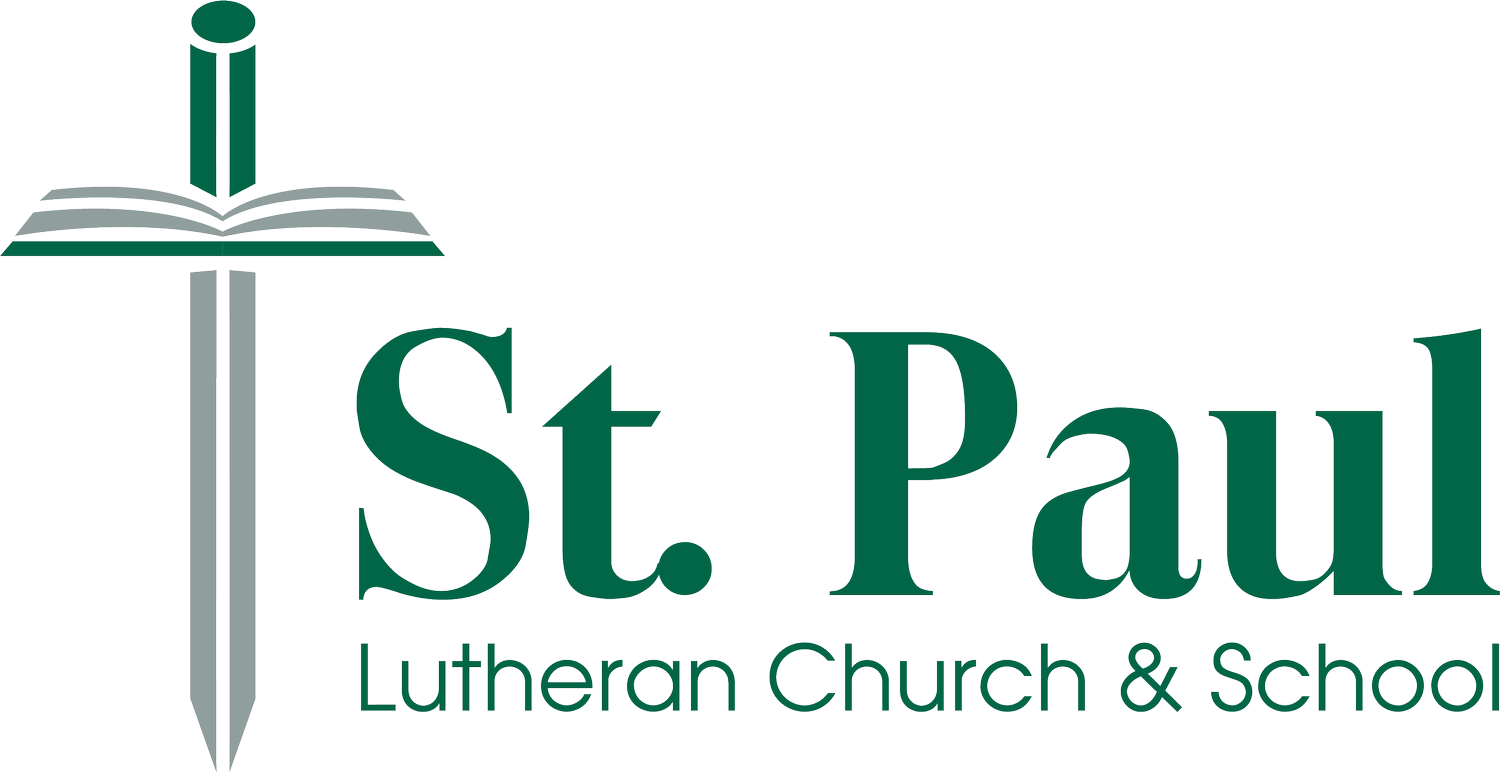Lent—A Lamb Goes Uncomplaining Forth
From that time, Jesus began to preach: “Repent, because the kingdom of heaven is near.” (Matthew 4:17)
Repentance is a daily activity in the life of a Christian. As we hear the commands and warnings of God's Law, we realize more and more just how sinful we are. We recognize the reality that we sin every day. We hear our Savior's call to repent, to turn away from sin and to trust in him. While not all of Martin Luther's *Ninety-five Theses*—published in 1517 and often cited as the beginning of the Reformation—fully reflect the truth of Scripture, the first was spot-on: "When our Lord and Master Jesus Christ said, 'Repent,' he willed the entire life of believers to be one of repentance." Since we sin each day, each day we need to turn to God in prayer to confess our sins and ask for his forgiveness through Christ our Savior.
But when something is a daily occurrence, it can sometimes happen that we lose sight of just how valuable it is. So it can be helpful, when it comes to something as important as recognition of our sin and humble repentance, to regularly refocus ourselves. The season of Lent helps us to do that. During the Church Year, Lent is set aside in particular as a time for focused reflection on the struggle against sin, our need for repentance, and the gift of forgiveness won for us by Christ. This certainly doesn't mean these things don't come up at other times in the year; they are central to the proclamation of God's Word. But the somber contemplation of Lent helps set the depths of our sinfulness and the depth of Christ's love in sobering contrast. Lent is also more than just contemplating the events of Christ's Passion, his betrayal, suffering, and death on the cross. The season of Lent draws our attention to the many facets of his work as our Savior, conquering sin in our place.
Lent begins on Ash Wednesday, named after the tradition of worshippers receiving ashes on their foreheads as a reminder of our mortal and sinful condition. The color for Ash Wednesday is black, or the absence of color, as our sin and its effects are starkly in focus. Some congregations will remove all paraments and decorations from the altar for this day. The Scripture readings on Ash Wednesday issue the stern call to repentance carried throughout the forty days of Lent. Forty is a commonly occurring number in Scripture; the forty days of Lent reference Christ's forty days in the wilderness after his baptism, facing the devil's temptations as he began his public ministry. The account of Jesus defeating our ancient foe's temptations is the Gospel for the First Sunday in Lent. The Sundays in Lent are not counted as part of the forty days, since each service on Sunday, "the Lord's Day," is a celebration of the resurrection, a "little Easter." While worship during Lent is solemn and muted, the gospel remains our focus as we prepare our hearts for Easter. Purple, or violet, is the color for most of Lent. Purple has been considered a color of royalty since ancient times. The deep, royal purple also conveys the gravity of this season and serves as a symbol of repentance.
Lent, like Advent, is a series of preparation before a major celebration. Many of the customs associated with Lent help to build the anticipation for Easter; they also emphasize exercising discipline and perseverance in the face of trials and temptations. As in Advent, the song "Glory to God in the Highest (*Gloria in Excelsis*)" is often omitted from the service. Many congregations also do not sing "Alleluia" during Lent; they may even have a "Farewell to Alleluia" on Transfiguration Sunday. A common practice during Lent is to fast in various ways. Fasting, whether during Lent or at other times of the year, can be helpful to practice saying "No" to ourselves, in order to say no to temptation. Giving up certain pastimes, and replacing them with more time for God's Word and prayer, can serve to build helpful devotional practices. Activities like these are not required during Lent, but can be helpful as long as our focus is on giving glory to God and spending time in his Word.
The final week of Lent is called Holy Week. The Church Year serves as an annual review of the life of Christ; during Holy Week, that observation slows down practically to real time. On Palm Sunday, we hear the account of Jesus triumphantly entering into Jerusalem, knowing that his suffering and death would happen there by the end of the week. This Sunday has also historically been the Sunday of the Passion, with the account of Jesus' betrayal, suffering, and death being read in its entirety. Holy Thursday commemorates the institution of the Lord's Supper, as he celebrated the Passover for the last time with is apostles. It also recalls Jesus' "new command" to love one another, from which the name Maundy Thursday comes. Good Friday brings our focus to the cross and Christ's sacrifice of himself as our substitute. The color black is again used to express the severity of our sin; it also recalls the darkness that covered the earth during Christ’s crucifixion. Holy Saturday is a day of rest and preparation. A traditional service for this day is the Easter Vigil, an extensive evening service that leads into the celebration of the Resurrection of our Lord.
God's Word proclaimed during Lent can often be hard to bear. It convicts us of sin. It displays Christ's sacrificial love in startling detail. It is different from what many, even in the church, expect church to be like. But without the complete work of salvation, without his suffering and death in our place, the rest doesn't fit together. Jesus was born in a manger to bring peace on earth between mankind and God by living as our perfect brother. Jesus died on the cross, suffering the punishment for our sins, so that he could rise again and leave behind the empty tomb to show us that we too will live forever through him. May God bless us in the season of Lent by keeping our hearts focused on his Son, Jesus Christ our Savior.
Lent
Etymology of Name: From an Old English word for "spring"
Seasonal Color: Purple/Violet; Black (Ash Wednesday & Good Friday)
Duration: Ash Wednesday to Holy Saturday (40 days before Easter, not counting the six Sundays in Lent)

